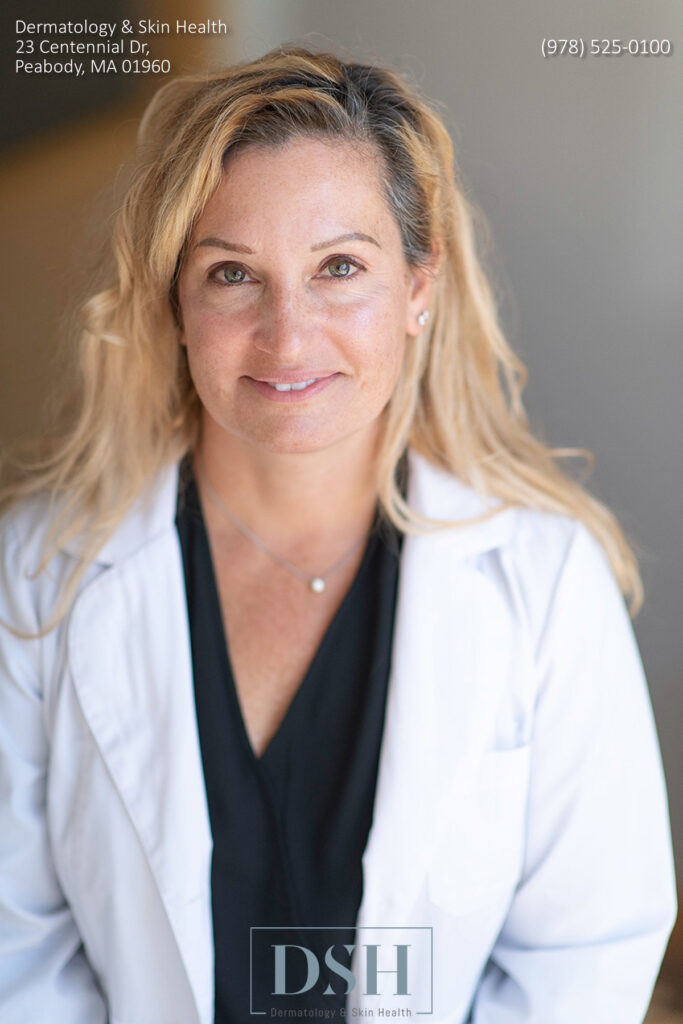

If you've just had Mohs surgery on your nose, you know that your new skin can be extremely sensitive and vulnerable to dust, bacteria and other debris – so how do you keep it safe?
Bandaging can help, but when it comes to wrapping up a particularly delicate area like your nose, you might be at a loss as to what to do.
This article will provide comprehensive instructions on the best way to wrap up your nose after Mohs surgery.
You'll learn what materials to use and their importance, and I'll also break down exactly how they should be applied to ensure that your nose gets proper protection without causing any irritation or discomfort.
Let's get started!
Post-Mohs surgery calls for special care.
Keep the wound moist and covered; dressings need to stay in place.
Follow the surgeon's instructions, including no exercise for two weeks, avoiding certain pain medications, and no alcohol consumption for 48 hours.
Avoid covering wounds inside the home after ointment application is complete.
Dissolvable stitches require 10 days of hydrogen peroxide to heal, followed by Aquaphor until post-op visit.
After 24 hours remove bandage, ice the area every 2 hours for 20 minutes each time. Elevating the site reduces swelling; sleeping with an extra pillow minimizes pain.
Follow these procedures to ensure successful recovery and minimal scarring.
We know healing needs time. After Mohs Surgery, swelling and bruising is common - usually within five to seven days. An ice pack can decrease those effects, as well as numbness at the wound site.
Most wounds take four to six weeks to heal completely and any scarring will improve over the course of a year.
Reducing risk is key, so we recommend things like avoiding direct sunlight when out in the open - especially after sunblock has been applied before going outdoors - limiting strenuous activities that irritate affected areas, washing gently with warm water and soap or physician-recommended topical products.
Seek help if something looks or feels wrong – redness may persist if infection has occurred or fluids haven't drained properly.
If long-term redness is present, discuss options with your doctor for scar revision procedures to lessen its appearance and ultimately reduce stress on both mind and body during this healing time.
Your doctor may also provide specific instructions in regard to how long they suggest having the bandage on. Here are some general guidelines.
After Mohs surgery, leave bandages on for 48-72 hours. Remove bulky dressing after 24 hours. Follow up by cleansing the wound with soap and water. Cover with ointment and dressing outside.
Use a light pad to protect the wound when outdoors during the recovery period. Waterproof bandages available to be worn in the shower or bathtub if needed. Avoid exposure to heavy sweat, chlorine and excessive moisture while healing.
Find a support network of friends, family or professionals to help guide you through the treatment plan prescribed by your doctor and provide emotional support in your recovery process.
Regularly apply ointment on the wound until it is healed; usually 6-10 weeks post-surgery.
Have realistic expectations for the final outcome as skin continues to heal even after initial results are visible post surgery.
Regular checkups will be required to monitor progress and observe any changes that may need attention from a medical professional .
We understand that Mohs surgery can cause concern and uncertainty. Fortunately, the skilled surgeons at our practice can take care of this medical issue with a minimal amount of pain and discomfort.
For the first 24 hours post-surgery, refrain from showering or getting the wound wet and apply pressure to stop any bleeding or oozing.
Mild activity such as work is allowed for most patients; however, vigorous physical activity should be avoided until cleared by your doctor.
Sutures may remain in place for up to 10 days following the surgery, and you'll likely experience swelling and bruising during this time.
After 4 - 6 weeks, wounds will be fully healed with possibly some residual redness; scarring should also begin to improve over the course of a year.
Skin cancer risk increases after Mohs so stay vigilant with regular follow-up exams and use sun protection when venturing out, including high SPF sunscreen or protective hats or clothing.
Our team provides expert care, ensuring you find peace of mind knowing your concerns have been addressed in a safe environment.
Getting ready for Mohs surgery is a key part of ensuring a successful procedure and outcome.
While this type of skin cancer surgery is relatively low risk, there are still steps that you can take to reduce the risk of any potentially avoidable complications.
Here are our tips for preparing for Mohs surgery:

At Dermskin Health, we don’t just call it skin care and wellness solutions – we live it. We know that each individual deserves tailored treatment to suit their specific needs.
That’s why our team of highly trained professionals are devoted to ensuring you receive the best services and treatments possible. Customer satisfaction means everything to us – rest assured, when you come to us, you can trust there will be nothing short of exceptional results.
Together, let’s help you find the solutions you deserve. Contact us today!
If your desired appointment type or preferred provider is unavailable online, kindly call (978) 525-0100 for Peabody, MA and (603) 742-5556 for all New Hampshire locations. Alternatively please feel free to send us your request via the patient portal, or via email at info@dermskinhealth.com
*For medical dermatology appointments in MA please dial (978) 525-0100 or fill out the appointment request form above.